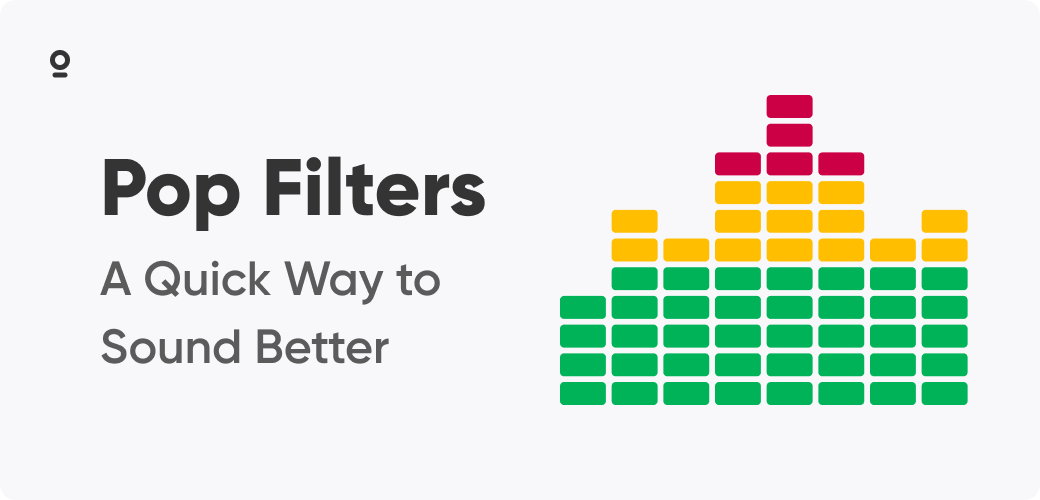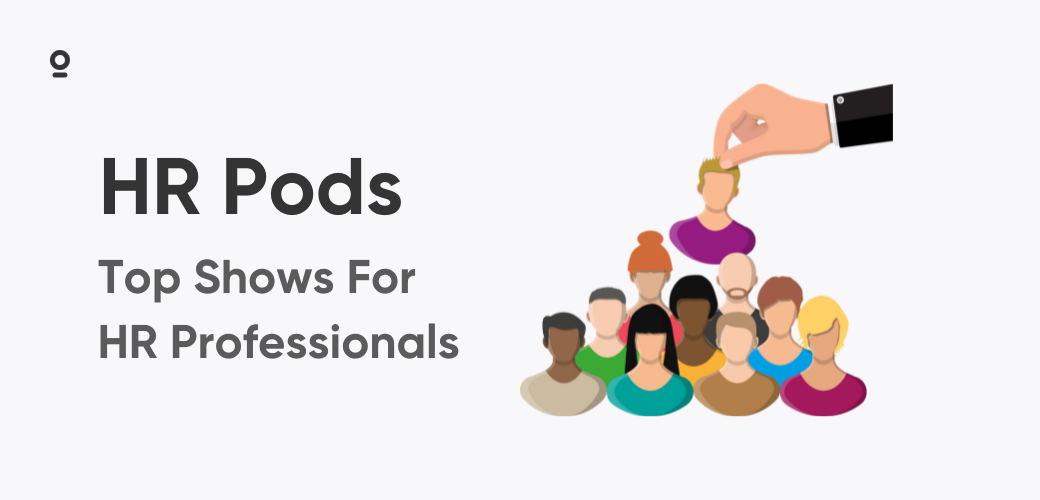Podcast listening has settled into everyday life for more than half of the U.S. population, and a growing share of those listeners also watch full episodes on video platforms. The good news is that the addressable audience keeps expanding. The challenge is that the catalogue is now more crowded than ever. A structured marketing framework helps creators stay visible, engage audiences and earn revenue without burning out. The classic 4 Ps still work when you update them for today's multi-platform environment.
The 4 Ps marketing mix
1. Podcast (your product)
Your podcast is the product you release on a repeatable schedule. Start by spelling out its personality: niche, tone and visual identity. Apply that identity everywhere, from cover art and thumbnails to the way you greet your audience. AI editors such as Descript or Adobe Podcast Enhance can remove filler words, balance levels and turn audio into searchable transcripts within minutes. With those technical chores automated, producers can invest time in story arcs, guest research and audience interaction.
Video expectations keep rising. About four in ten weekly listeners prefer to watch, so clean framing, soft lighting and branded lower thirds help your show look polished. If cameras are not in the budget, generate a simple static-image video from your audio feed and upload it to YouTube so the recommendation engine can still surface your work.
Consistency is the final layer. Release episodes on a set cadence, include chapter markers so busy listeners can skim and package bonus segments for paying supporters. Over time, that reliability shapes listener trust and unlocks premium pricing options.
2. Price
Price in podcasting is all about perceived value. Most creators blend three revenue levers.
- Dynamic ad insertion fills back-catalog and new episodes with programmatic ads at CPMs that often land between fifteen and thirty dollars.
- Host-read sponsorships command higher CPMs, usually twenty-five to fifty dollars or more, because endorsements carry the host's credibility.
- Direct support programs on Patreon, Apple Podcasts Subscriptions or Spotify invite listeners to pay monthly for perks such as ad-free feeds, early releases or exclusive community Q and As.
A healthy mix balances scale and intimacy. Track listener feedback, watch retention curves and adjust ad load or membership tiers so monetization never overshadows the content experience. The IAB's podcast revenue report shows continued growth in advertising spend across both programmatic and host-read formats.
3. Promotion
Directory rankings alone no longer guarantee discovery. Modern promotion blends search optimisation, social video and strategic collaboration. Full transcripts published on your website let Google index every phrase and help Apple Podcasts surface episodes by keyword. Short clips—thirty seconds or less—cut from each episode can become TikTok uploads, Instagram Reels or YouTube Shorts, meeting potential fans on the apps they already scroll. Appearing as a guest on related shows, or swapping trailer spots, taps into audiences that already care about your topic. Schedule these assets the day an episode drops and repeat the cycle with every release.
4. Place
Place once meant a single listening directory. Today it means distributing wherever your audience already spends time. Push your RSS feed to Apple Podcasts, Spotify, Amazon Music, Pocket Casts and any regional apps your niche favours. Upload a video version to YouTube, or use the platform's RSS-ingest feature that turns audio into a static-art video. On YouTube, optimise titles, descriptions and chapters so the algorithm understands context. Finally, keep a home base—a website and newsletter—so you can reach listeners directly when platform rules or algorithms shift.
The extended 7 Ps
5. People
Listeners come for the topic and stay for the host. Reply to comments on Spotify, invite ratings inside episodes and poll your email list about future guests or segments. Authentic interaction turns passive listeners into advocates who recommend the show to friends.
6. Process
An efficient workflow protects both quality and budget. Record remote guests in Zencastr to capture separate video and audio tracks, run the files through an AI editor for cleanup and manage approvals plus asset creation in a shared project board. Document each step, from booking to final upload, so new team members or freelancers can slot in without guesswork.
7. Physical Evidence
Physical evidence is every visual or tactile sign that the podcast exists. Align colours, fonts and logo usage across cover art, video frames, website and merchandise. Even small touches such as consistent episode-number badges or a custom waveform animation build familiarity. For video, invest in good lighting and a stable camera. For audio-only shows, ensure cover art meets platform specs and stands out in crowded feeds.
Putting the mix to work
A marketing plan that covers all seven Ps gives your podcast a durable foundation. Define a clear product identity, test a balanced revenue blend, promote through search, social and collaboration, and distribute in every place your listeners consume content. Engage people with genuine conversation, run a documented process and keep physical evidence consistent. Over time those habits compound into growth that survives algorithm changes and platform trends.
We want to hear what you are trying next. Tag @Zencastr with the tactics that move the needle for your show and we may feature your ideas in a future roundup. Happy podcasting!







